I wired one up. It's the low side assembly for:

I'm using a small cheap coil for my breadboard. I have been told already about the resistor 470K Ohm between the gate and source. I made sure that its there. It's color codes I looked up. When I apply 6V of power it's very nearly a short circuit. I actually saw 0.25A for a short time however it didn't last long and my mosfet is allowing about 1.87A through it. It doesn't take long for it to become burning hot to the touch with that flow and I really don't want anything to happen to my mosfet so I turned it off right now.
I've had a very difficult time getting power to stop in the drain source direction on these mosfets however the source drain direction can be stopped very easily by toggling its gate with 0V 12V.
So if that is my schematic and I tried to shut down this mosfet but it doesn't. I'm not sure what to do because if the mosfet ignites (It hasn't yet) then my schematic is not really where it's supposed to be or I am doing something wrong. (I posted a version of this question but I wasn't sure exactly if I worded everything or it was really complete. Hopefully I feel good enough about this one that it stays for a while.)
Thanks for any replies.
P.S. I did find out that the 12200Ohm resistor assembly really helps keep power down in the drain source direction on M3. The 470K resistor seems to do basically nothing in this type of configuration I have shown in my breadboard screenshot. I think my question actually has turned out to be that there is 0.44A's that flow between M3's drain and source @ 12V. So it seems that may possibly be intended to happen or perhaps not.
